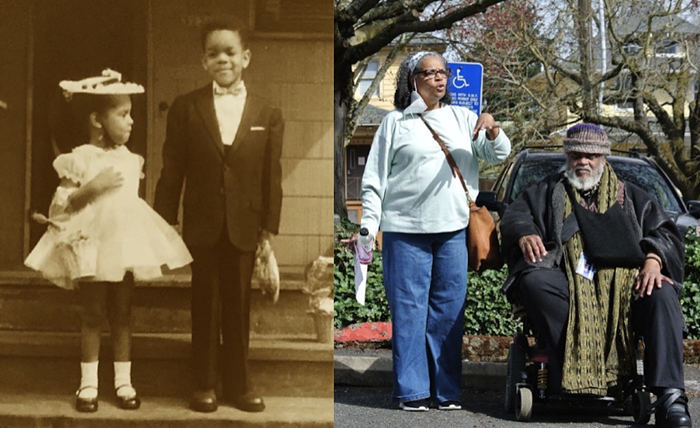When Gabriel Liston first showed at the New American Art Union two years ago, his drawings and paintings were dominated by an aching nostalgia. Executed in an illustrative storybook style (and, in some cases, on editions of Moby Books' Illustrated Classics), Liston's images yearned for childhood while acknowledging it as an unrecoverable time. As the title of his new exhibition suggests, these themes still haunt Liston. But rather than a case of déjà vu, the works in Tearfully Remembering Familiar Things continue his meditations on memory, while thoughtfully moving his project forward.
Notions of place figure prominently in each of these paintings, as children navigate such bucolic settings as snow-dusted groves, windswept fields, dilapidated barns, and farmhouse kitchens. In part, these rural scenes seem inspired by the terrain of Liston's native Colorado, but, symbolically, they signify a realm of innocence. Still, even the romantic portrayals the paintings enact cannot stave off the corrosive force of forgetfulness. As a young man ambles through a golden-hued hillside in "Tearfully Remembering Familiar Things," amorphous white- and rust-colored forms encroach from the left. It's an effect that calls to mind the erosion of film negatives, or, figuratively, fading memory.
That memory is unstable and subject to revision recurs throughout the show, as similar images appear in various forms and stages of development. So while scenes are rendered in lush, multi-colored oil paintings, Liston also presents charcoal sketch versions as well as smaller blue paintings on the ends of wooden hat and brim blocks, mounted on the gallery walls. In comparison to the Technicolor vibrance and rich detail of the oil paintings, these monochromatic smaller works are skeletal, full of gaps. It is unclear what relationship the artist intends between the multiple versions. On the one hand, the sketches and block paintings could stand for the physical documents of a memory, the limited information framed within a black-and-white photograph. By extension, the oil paintings become the representation of an active and colorful memory, held within the mind of the person who experienced it. In Liston's world of idyllic scenery, remembering may be an unreliable avenue to the past, but his bright and otherworldly paintings are more concerned with the feelings attached to those memories than with cold, hard facts.












